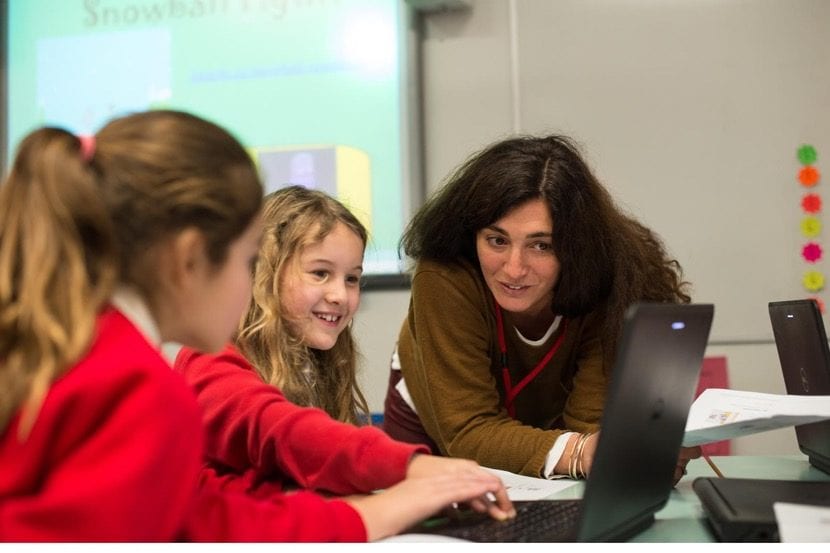
Studying is necessary in life in order to advance. Studying is not easy and it is necessary to learn it. In today's schools they want students to learn but they do not teach them how to do it, this is a big problem because many of these students think that there is something wrong with their memory. There is really nothing wrong with students' memories, they simply must learn to study before doing so. It is as basic as this, but unfortunately in the educational system, it is forgotten. Many arrive at university without knowing how to study properly.
It is necessary to know which strategies are best for each student because not all will work the same for each of them. Each person has a different way of learning and a rhythm appropriate to their person, something that must be respected. People should know what they have to do to study better and find the way to do it that is most comfortable for them in any case.
Ideally, teachers should incorporate these methods into their classes to teach students to use them on their own, this way they will have a better opportunity to recall the learning material. In this way the students they will be able to internalize the learning content better and when they have to take a test or exam to be able to overcome it successfully without forgetting later what was learned

Display
Academic concepts are brought to life as visual and hands-on learning experiences, helping students understand how schooling is applied in the real world. Examples of this include the use of the interactive whiteboard where they can show photos, audio clips, videos ... Students can also be encouraged to get out of their seats with classroom experiments and field trips.
Cooperative learning
Mixed ability students need to be motivated to work together by promoting whole class or small group activities. By verbally expressing your ideas and responding to other foods. This will make students develop self-confidence and they will also improve your communication and critical thinking skills that are vital for life.
Solving math puzzles, conducting science experiments, and sketching are just a few examples of how cooperative learning can be incorporated into classroom lessons.
Research
Ask thought-provoking questions that inspire your students to think for themselves and become more independent learners. Encouraging students to ask questions and investigate their own ideas helps them improve their problem-solving skills as well as gain a deeper understanding of academic concepts. Both of which are important life skills.

Queries can be science-based or math-based, for example, "Why is my shadow changing size?" or "Is the sum of two odd numbers always an even number?" However, they can also be subjective and encourage students to express their unique points of view, for example, "Do the poems have to rhyme?" or "Should all students wear a uniform?"
Learn to space study time
Too many students wait until the night before an exam to study it. Likewise, teachers often wait until the day before a test to review. When a sufficient number of students score well on the exam, it appears that they have learned the material. But a few weeks later, most of that information has disappeared from the students' minds. For longer lasting learning, study should be carried out in smaller chunks over time.
Every time you leave a little space, you forget a little bit about the information, and then you learn it again. That forgetting actually helps you strengthen your memory. It's counterintuitive, but you need to forget a bit and then help you learn it by remembering again.
Teachers can help students apply this strategy by helping them create a study calendar to plan how they will review the content snippets and by forming small chunks of class time each day to review them. In both cases, plan to include current concepts and previously learned material - many teachers know this is "spiraling."
Dual encoding
This means combining words and visual elements. When information is presented to us, it is often accompanied by some kind of visual: an image, a chart or graph, or a graphic organizer. When students are studying, they should make it a habit to pay attention to these pictures and link them to the text by explaining what they want to say in their own words. Then students can create their own visuals of the concepts they are learning. This process reinforces concepts in the brain through two different pathways, facilitating later recovery.

When talking about images it doesn't have to be anything specific, it depends on the types of materials it could be an infographic, a cartoon strip, a diagram, a graphic organizer, a timeline, anything that makes sense to you, as long as when you are representing the information in a way with words and with photos.
This is not just for students who are good at drawing. It's not about the quality of the drawing. It really only needs to be a visual representation to represent learning. In class, regularly, it is a good idea to direct students' attention to visuals used in textbooks, on websites, and even in their own slide shows.
You need to have students describe the visuals to each other and make connections with what they are learning. Students can then be asked to create their own images of the content to further reinforce it. Remind students to include diagrams, sketches, and creating graphic organizers when studying at home.
Besides all this, Students must also learn to study by structuring the information, underlining the text, and separating the most important ideas from the least important ones. Reorganize the information in diagrams to later memorize it and make summaries without looking at the content to know what they have really learned from the lesson and identify the weakest content in their mind to reinforce it.